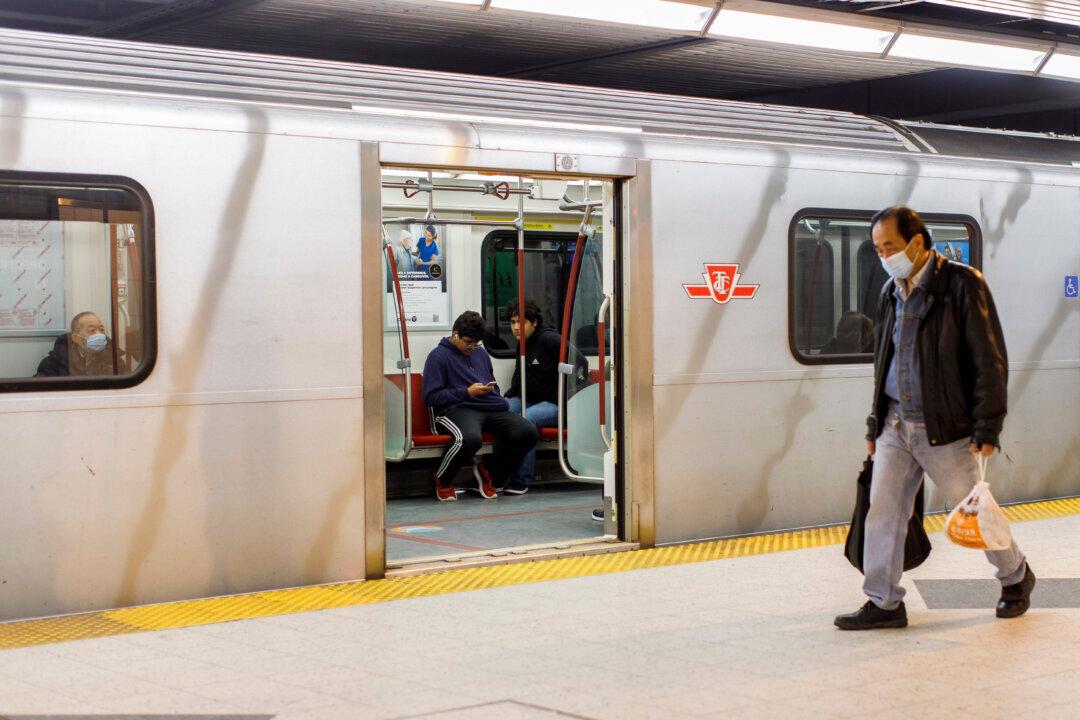The notwithstanding clause has been invoked only a handful of times by a few provinces since the Canadian Constitution was patriated in 1982, but its use has increased in recent years.
Saskatchewan is the latest province to threaten to invoke the clause, with Premier Scott Moe saying he will use the controversial charter section to pass legislation ensuring the province’s school pronoun policy remains in place.





